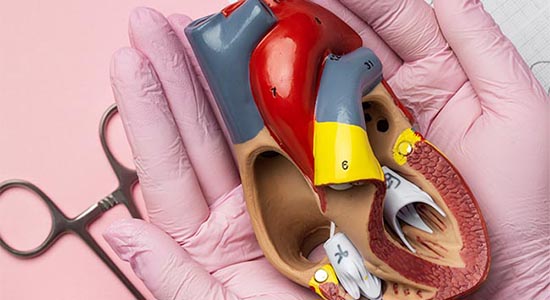
When is Septal Closure Recommended?
Septal closure is recommended when there is a defect in the septum, which is the muscular wall that separates the heart's chambers. The most common conditions that may necessitate septal closure include:
- Atrial Septal Defect (ASD) : An ASD is a hole in the septum between the two upper chambers of the heart (atria). It can lead to abnormal blood flow between the atria.
- Ventricular Septal Defect (VSD) : A VSD is a hole in the septum between the two lower chambers of the heart (ventricles). It can cause oxygen-rich and oxygen-poor blood to mix, straining the heart.
- Patent Foramen Ovale (PFO) : A PFO is a small, flap-like opening in the septum between the atria that should naturally close after birth but may remain open in some individuals. It can potentially allow blood clots to travel from the right side of the heart to the left.
The Septal Closure Procedure
Septal closure is typically a minimally invasive procedure, often performed in a catheterization laboratory (cath lab). Here is an overview of the procedure
- Anesthesia : Local anesthesia is used to numb the insertion site, which is usually in the groin or the arm.
- Catheter Placement : A thin, flexible tube called a catheter is inserted into a blood vessel and guided to the heart. The catheter is equipped with a closure device.
- Device Placement : The closure device is positioned within the septal defect, and then it is deployed. This device will remain in place permanently to close the hole.
- Monitoring : Throughout the procedure, imaging techniques such as echocardiography or fluoroscopy are used to guide the placement and ensure proper closure.
- Recovery : After the device is securely in place, the catheter is removed, and the insertion site is typically closed with stitches or a special closure device. Patients usually recover relatively quickly.
Benefits of Septal Closure
- Improved Heart Function : Septal closure helps restore normal blood flow within the heart, reducing the strain on the cardiac chambers.
- Reduced Risk of Complications : Closing septal defects can reduce the risk of complications, such as arrhythmias, pulmonary hypertension, and stroke (in the case of PFO closure).
- Enhanced Quality of Life : Many patients experience a significant improvement in their quality of life after septal closure, with reduced symptoms and improved exercise tolerance.
- Minimally Invasive : Septal closure is minimally invasive, which means it typically involves shorter recovery times and less discomfort compared to traditional open-heart surgery.
Dr Rajneesh Jain committed to delivering top-notch coronary angioplasty services. Trust our expertise and state-of-the-art facilities to help you achieve better heart health and an improved quality of life. Your heart deserves the best care, and we are here to provide it.
